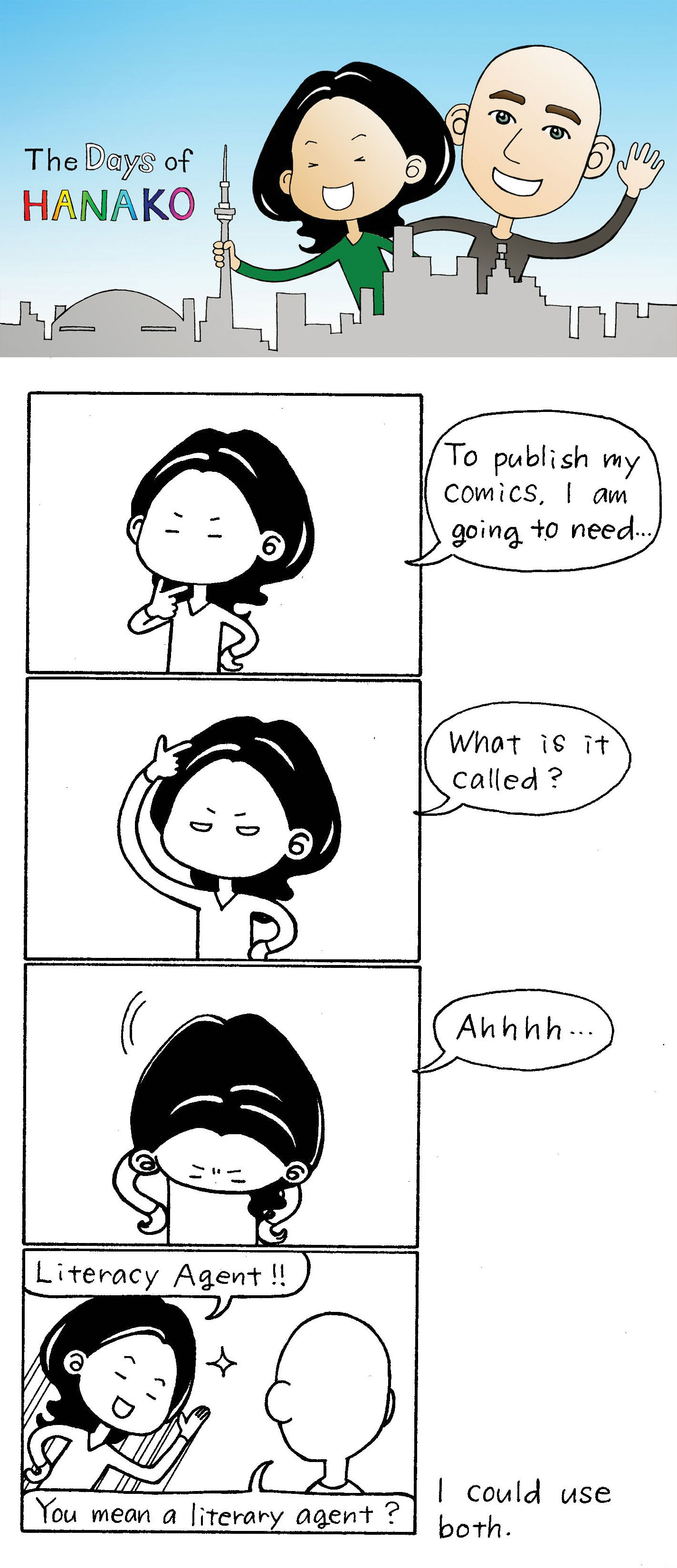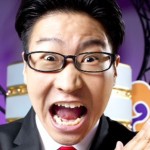By Matthew O’Mara
A great darkness is swallowing up Luxendark, the land of light and shadow.
As these chasms expand in scope and size, the Vestal of the Wind travels across the vast world looking for answers and a way to restore the world to its once peaceful state, but all that she finds is despair.
Near to the town of Norende, she finds a young man standing by the edge of the yawning pit. He approaches her and begs to help her take on the challenges that she’s about to face. Knowing that this is her quest and no one else should have to suffer, she stalks off leaving him on the cliff. He follows.
Agnes Oblige and Tiz Arrior begin their journey through this world on tenuous ground, but they soon find that fate has tied them to one another. Only by awakening the Wind Crystals can they help save the world from destruction, or so it would seem.
A Brave “New” World
Bravely Default is a new role-playing game from Square Enix, and if you think it looks a bit like Final Fantasy you’re not too far off the mark.
As what some believe is a spiritual successor to Final Fantasy: The 4 Heroes of Light, Bravely Default has all of the heralds of what make Final Fantasy games great minus the added on DLC for costumes. In other words, it’s great yet it’s still flawed.
Throughout the first few hours of the game, Agnes and Tiz go through a whirlwind adventure where they learn everything from important plot points, the game’s battle system, and the game’s job system. It’s a lot for players to take in, but it feels almost too familiar.
If you’re familiar with Final Fantasy Tactics then you’ll know about the job system. Basically, you pick a job and whether it’s a soldier, a mage, or a monk you need to gain job points in order to get better abilities and increase your class strength.
In Bravely Default, there’s a variety of jobs you can do each making your character better with added bonuses like 10 per cent increase in health points or resistance to certain kinds of magic.
While it’s a nostalgic treat to be a fisticuffing monk again, it makes Bravely Default feel like an old game with a new name stuck to the front of it. Instead of providing players with this huge amount of freedom by trapping them in an endless cycle of grinding through each job, why not give the characters roles based on something different?
Why not have each character class be determined by how many times they use Brave or Default during a battle? Braver characters can be the physically stronger classes and the Default characters can be the healers or magic users; or maybe the game will tell you to take those shy Default characters and send them to the front while the Braver characters should focus on other stats for a bit.
Having a job system, almost identical to what’s seen in Final Fantasy games, makes Bravely Default‘s characters feel a little hollow. There’s nothing that makes each character special other than the costumes they wear, yet there are other ways the game makes itself stand out from the crowd.

Aside from some amazing character design, the job system really leaves a bit of innovation to be desired.
Brave or Default
The big innovation with Bravely Default is the game’s multiple attack battle system. During each fight, characters can use the “Brave” command do to upwards of four actions. Each action takes up a point and when you get down to -4 points you need to wait four turns to get back in the fight.
This system plays a big part in how you tackle the initial battles of each dungeon you enter. For instance, right after you get your transportation – won’t say what it is as to not spoil it – you enter into a cave with enemies that include: a floating statue, a ball of electricity, and a big ol’ golem. By using your Freelance character’s “examine” ability you can see what each are weak to and then determine how you’re going to fight them.
During the first part of the game, Tiz was a Freelancer, Agnes was a Monk, Edea a Black Mage, and Ringabel a White Mage. This meant, Tiz and Agnes could go -4 and take down most of the statues on their own, Edea could go -3 in order to use ice spells on the golem, and Ringabel could go -2 to attack the electricity sphere with “Aero” a wind spell which they are weak to. These kinds of calculations can either go really, really well or fail disastrously.
Even with a team that was pretty strong for that part in the game, the party would usually get trounced if one part of the above calculation went wrong. If, for instance, Agnes missed all four of her attacks then the statues would be fine and the party would suffer. Now imagine a boss battle with enemies who have 5000 health and you’ve already spent hours grinding to get up job levels and regular levels only to die in a few hits.
It’s reverse catharsis, and pretty frustrating considering how much time the game makes you spend grinding through each part of the game.
While it’s an interesting battle mechanic, players can simply boil it down to enemies having more health and characters being able to attack more than once per turn. The Brave and Default system requires a bit of mental arithmetic considering most games need little more than just pushing buttons and making sure your health is full. It’s interesting and challenging, but also frustrating at times.
The Team
What genuinely impressed me the most about Bravely Default was the voice acting. The English cast is made up of some pretty well-known voice talents. Though you may not know all of their names, you’ve definitely heard them through the 3DS’s speakers at least once or twice before.
Agnes Oblige is played by Erin Fitzgerald who also voiced Chie Satonaka in Persona 4‘s animated sequences, Erica Anderson from Catherine, and Janna and Sona from League of Legends.
The point of this being, you’re seeing the cream of the crop when it comes to voice acting and it shines through in the game with both the English and Japanese casts creating believable characters. For more details, check out Behind The Voice Actor‘s look at the game.
Each character also has distinct characteristics and some interesting back stories that help build the game’s world for the player. Though there is a distinct lack of diversity among the group, on the whole the team provides great interactions not unlike what’s seen in the Final Fantasy seires.
As well, the option to listen to the Japanese voice cast is also a great boon to players. It shows how far the game has come through localization, though there have been some other problems when it comes to risque costumes being reworked for North American audiences.
The game also has, though some reviews might contest it, a fairly decent story and a surprising twist ending that you will never see coming. It’s only through the great voice acting in the game are you pulled through, but the quest to help the amnesia-ridden Ringabel, the too-proud Edea, the despair-laden Tiz, and the destiny-bound Agnes.

Bravely Default is out in February on the Nintendo 3DS. It’s developed by Square Enix and Silicon Studio, and it shares some pretty striking similarities to Final Fantasy.
Final Thoughts
Bravely Default is a good Final Fantasy game. Being totally candid in this review, the series from Square has never held much of an appeal to me, but Bravely Default with its interesting mechanics and strong presentation certainly held my attention.
There are certain parts of that game that can be pretty frustrating like grinding through job system and the game’s story being pretty cliche; however, there are more pros than cons here.
Bravely Default might not make you a believer, but it’ll certainly give you a story that’s worth listening to and a game that’s worth playing all the way through.







 11 Feb 2014
11 Feb 2014
 Posted by Matthew O'Mara
Posted by Matthew O'Mara 













